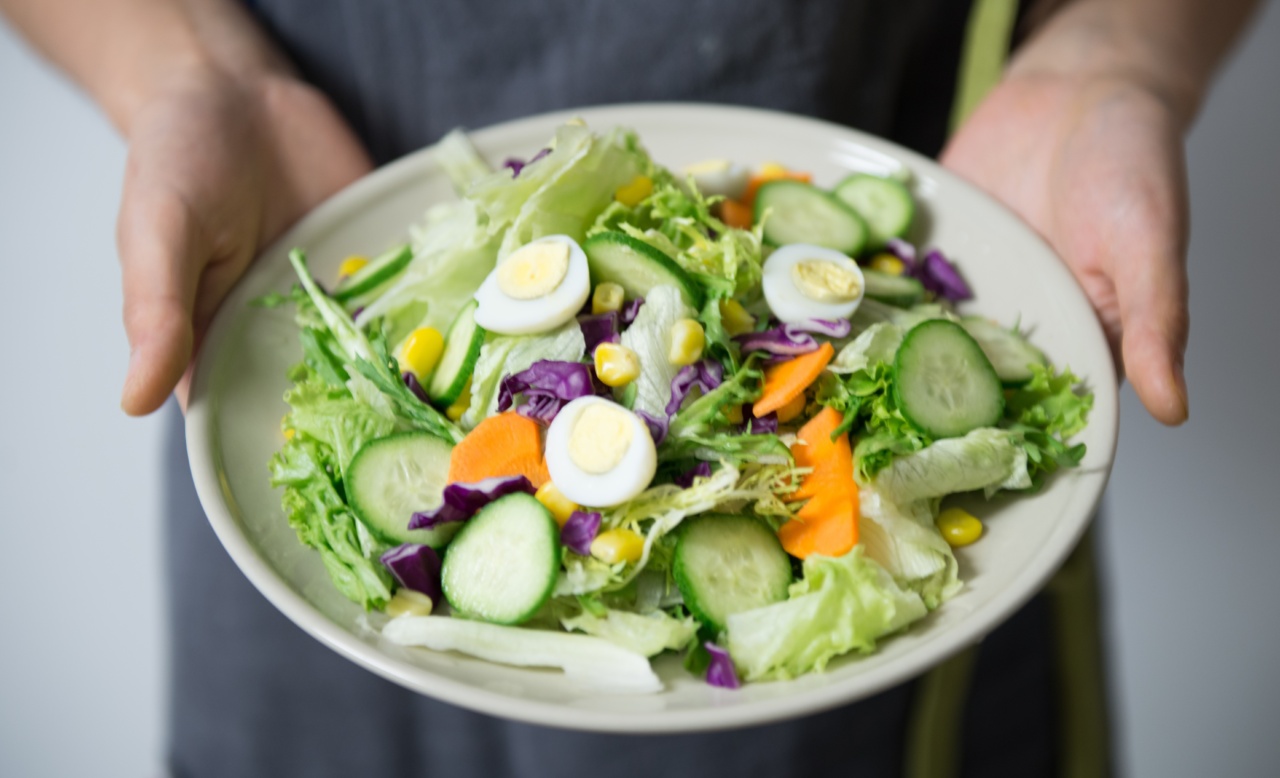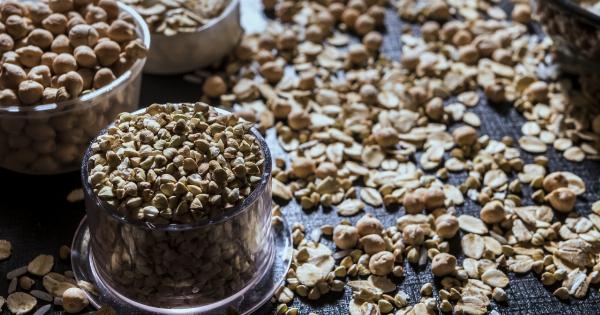Gluten-Free Eating: A Handbook for Health
Gluten-free diets are becoming more and more popular these days. Celebrities are talking about them, and dietitians are recommending them.
But what is gluten, and why are so many people avoiding it? In this article, we’ll explore the ins and outs of gluten-free eating, and give you some tips on how to eat a healthy gluten-free diet.
What is Gluten?
Gluten is a protein found in wheat, barley, and rye. It’s what gives bread its chewy texture, and it’s added to many processed foods as a thickener. For most people, gluten is harmless.
But for people with celiac disease, gluten can cause serious health problems.
What is Celiac Disease?
Celiac disease is an autoimmune disorder that affects about 1% of the population. When people with celiac disease eat gluten, their immune system reacts by attacking their small intestine.
This can cause a range of symptoms, including diarrhea, bloating, and abdominal pain. Over time, celiac disease can cause damage to the small intestine, making it difficult for the body to absorb nutrients. This can lead to malnutrition and other health problems.
Who Should Follow a Gluten-Free Diet?
While most people can eat gluten without any problems, there are some groups of people who may benefit from a gluten-free diet. These include:.
- People with celiac disease
- People with gluten sensitivity
- People with wheat allergy
If you fall into one of these groups, you should talk to your doctor or a registered dietitian before starting a gluten-free diet. They can help you make sure that you’re getting all of the nutrients your body needs.
How to Eat a Healthy Gluten-Free Diet
Going gluten-free doesn’t mean you have to give up all of your favorite foods. There are plenty of gluten-free alternatives to bread, pasta, and other staples. Here are some tips for eating a healthy gluten-free diet:.
Stock Up on Gluten-Free Grains
There are plenty of gluten-free grains to choose from, such as:.
- Rice
- Quinoa
- Millet
- Amaranth
- Buckwheat
These grains can be used in place of wheat, barley, and rye in recipes.
Choose Whole Foods
Many processed foods contain gluten, so it’s important to read labels carefully. To be on the safe side, choose whole foods that are naturally gluten-free, such as fruits, vegetables, and lean proteins.
Try Gluten-Free Flours and Baking Mixes
If you love to bake, there are plenty of gluten-free flours and baking mixes available. These can be used in place of wheat flour in most recipes.
Avoid Cross-Contamination
Even a small amount of gluten can be harmful to people with celiac disease. To avoid cross-contamination, it’s important to use separate cutting boards, utensils, and cookware when preparing gluten-free foods.
Look for Gluten-Free Certification
Some foods are labeled “gluten-free,” but this doesn’t always mean they’re safe for people with celiac disease.
Look for products that are certified gluten-free by organizations such as the Gluten-Free Certification Organization (GFCO).
The Pros and Cons of a Gluten-Free Diet
As with any diet, there are pros and cons to going gluten-free. Here are some of the potential benefits and drawbacks of a gluten-free diet:.
Benefits
- Relief from digestive symptoms for people with celiac disease or gluten sensitivity
- Possible reduction in inflammation for people with autoimmune disorders
- Opportunity to explore new foods and recipes
Drawbacks
- Difficulty finding affordable gluten-free products
- Limited availability of gluten-free options when eating out
- Reduced intake of certain nutrients, such as fiber and B vitamins, if not carefully planned
Conclusion
Gluten-free eating can be a healthy choice for people with celiac disease, gluten sensitivity, or wheat allergy. With a bit of planning and creativity, it’s possible to enjoy a delicious and nutritious gluten-free diet.






























